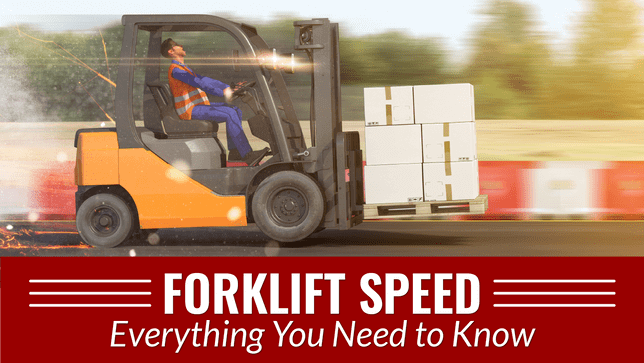Factors Affecting Forklift Travel Speed
Proper forklift maintenance and adjustment are critical for maximizing travel speed. Factors such as tire condition, hydraulic system performance, and operator training can all impact a forklift's speed and efficiency.
Regular inspections, proper tire inflation, and optimizing hydraulic responsiveness can help ensure your forklift operates at peak performance. Investing in operator training also plays a key role in unlocking a forklift's full speed potential.
Customizing Forklift Speed Settings
Many modern forklifts offer customizable speed settings to match the needs of your facility. By adjusting acceleration, top speed, and other parameters, you can fine-tune your forklift's performance to suit specific tasks and environments.
Consulting with a skilled forklift technician can help you identify the optimal speed settings for your operations, balancing safety, productivity, and efficiency.
Maintaining Forklift Travel Paths
Keeping forklift travel paths clear and well-maintained is essential for maximizing travel speed. Addressing obstacles, uneven surfaces, and tight turns can help forklifts move more efficiently through your facility.
Regular facility inspections and proactive maintenance of travel paths can unlock significant productivity gains by allowing forklifts to operate at their full potential.
Improving Operator Skill and Awareness
Forklift operators play a crucial role in optimizing travel speed. Comprehensive training, ongoing education, and a safety-first mindset can help operators navigate obstacles, anticipate changes, and make adjustments to maintain optimal speeds.
Investing in operator development programs and fostering a culture of continuous improvement can lead to significant improvements in forklift travel speed and overall operational efficiency.

